It fascinates me, the way their armies dress for parades. You would think they would dress in, well, military attire! With jackets and medals and tassels like we do. But no, they have these strange asymmetrical tabards which they insist on calling 'gowns', as though they were dresses. I'll admit, it's a little baffling!
The Iqashalb Gown is a type of outfit found in
Thurásin's north western region, worn as a type of military dress uniform by the armies of
Ijwavya ,
Lithuziiy ,
Shixiiwul , and
Zhrayqarnyu . Each army has its own unique take on the gown and its associated elements, but even at their most diverse and distinct they are considered to be the same outfit.
Design
The core of an Iqashalb Gown is the asymmetrical hemline on the dress or tabard, cut in such a way as to vaguely resemble the bottom of a hand-torn skirt. This top layer often has sleeves, though these vary in length and style between countries. Beneath this will be a mid-thigh length dress with sleeves, which will peek out at the shortest points of the top layer and at some points on the arm. The outfit is often paired with tall tights and combat boots, and can include a cloak in colder weather.
Due to their use as military dress wear, these will also be decorated with rank insignia and any medals or awards given to the individual throughout their service. The outfit will also vary in complexity and fanciness based on the rank of the wearer, with changes to patterns and the length of certain elements.
There are four main styles of Iqashalb Gown, divided by the country of origin;
Ijwavya
The Ijwavya version consists of a tabard with a stepped hem, and elbow-length sleeves which hang loose. It is always worn with the under tunic/dress, though this is sometimes paired with dress pants instead of tights depending on personal preference. It is somewhat iconic in the region for its incorporation of elements of the country's flag, including the patterns on the sleeves and the stepped hem.
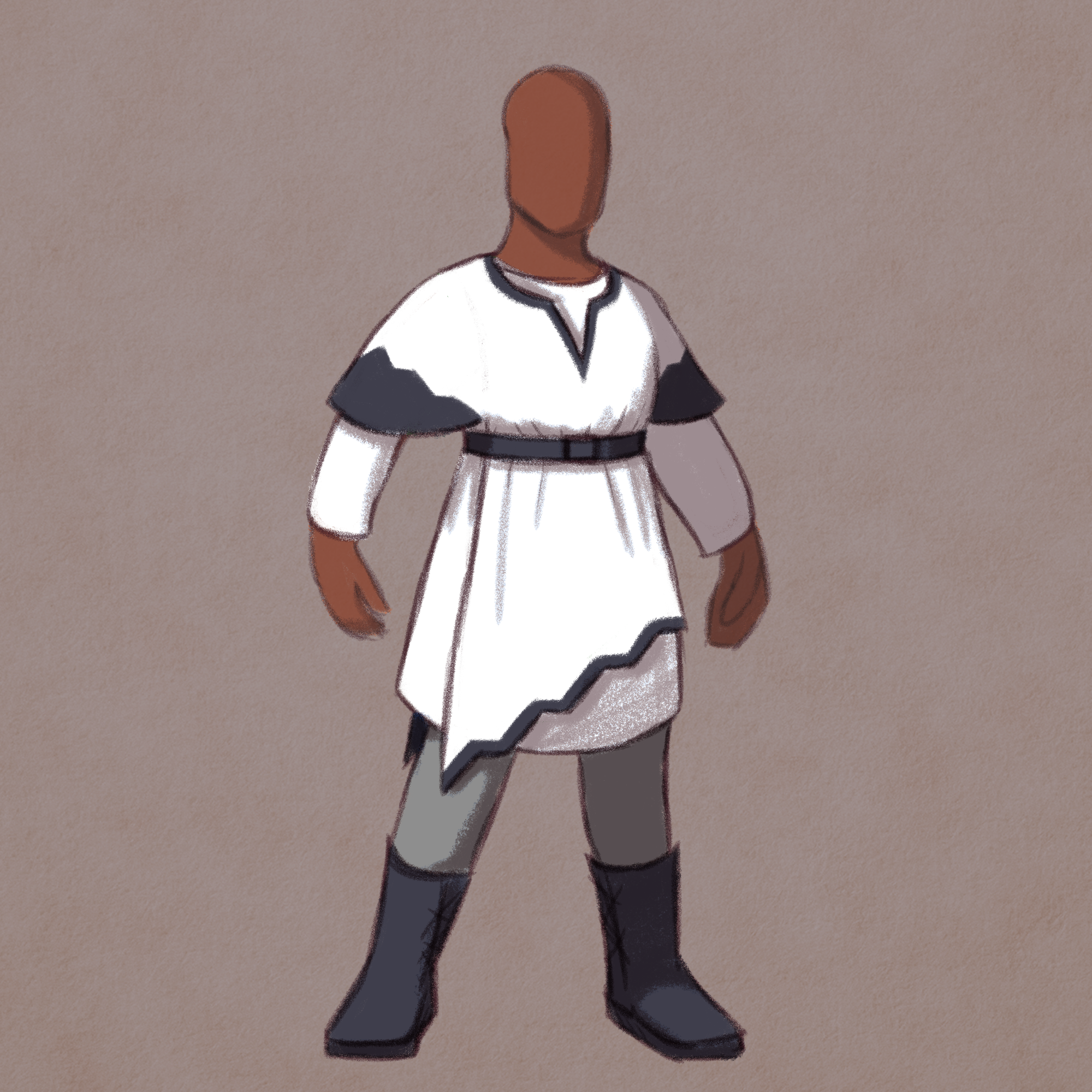
Iqashalb Gown - Ijwavya by Isaac Thompson
Lithuziiy
The Lithuziiy version consists of a dress with a straight diagonal hem, and bell sleeves that reach the wrist. The under-dress is sometimes exchanged for a skirt in warmer weather and climates, but it serves the same purpose and is never paired with dress pants. Unlike other countries, it is not the sole full dress uniform for its military, but those who don't wear it will usually have an asymmetrical cloak.
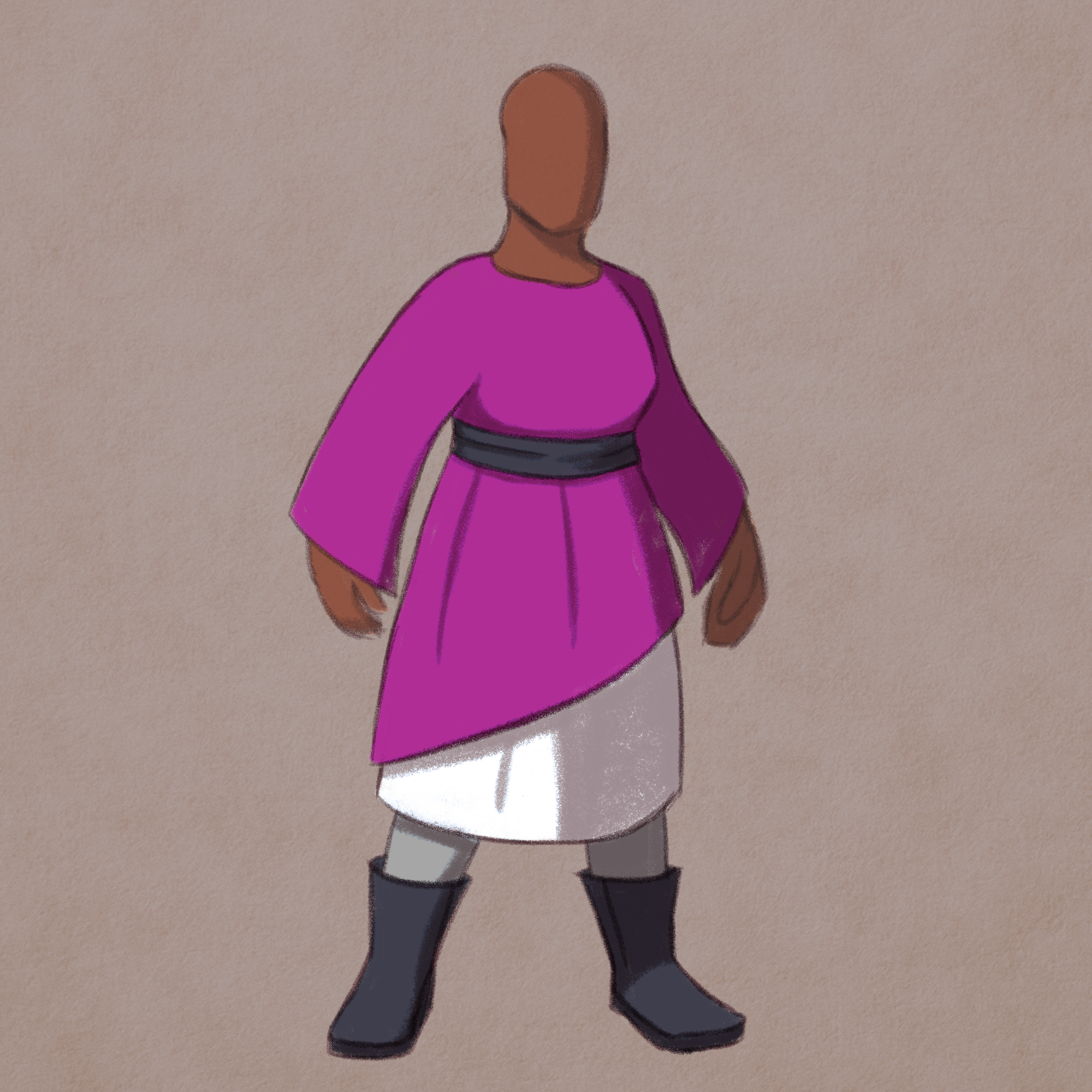
Iqashalb Gown - Lithuziiy by Isaac Thompson
Shixiiwul
The Shixiiwul version consists of a short sleeveless tabard with a straight diagonal hem and a 9 pointed golden star on the chest, which is worn with a shorter under-dress with mid-bicep length sleeves. Due to the shortness of the outfit, this is always paired with dress pants. Rather than being done solely for aesthetics, the simplicity of the gown is due to them being cheaper to manufacture.
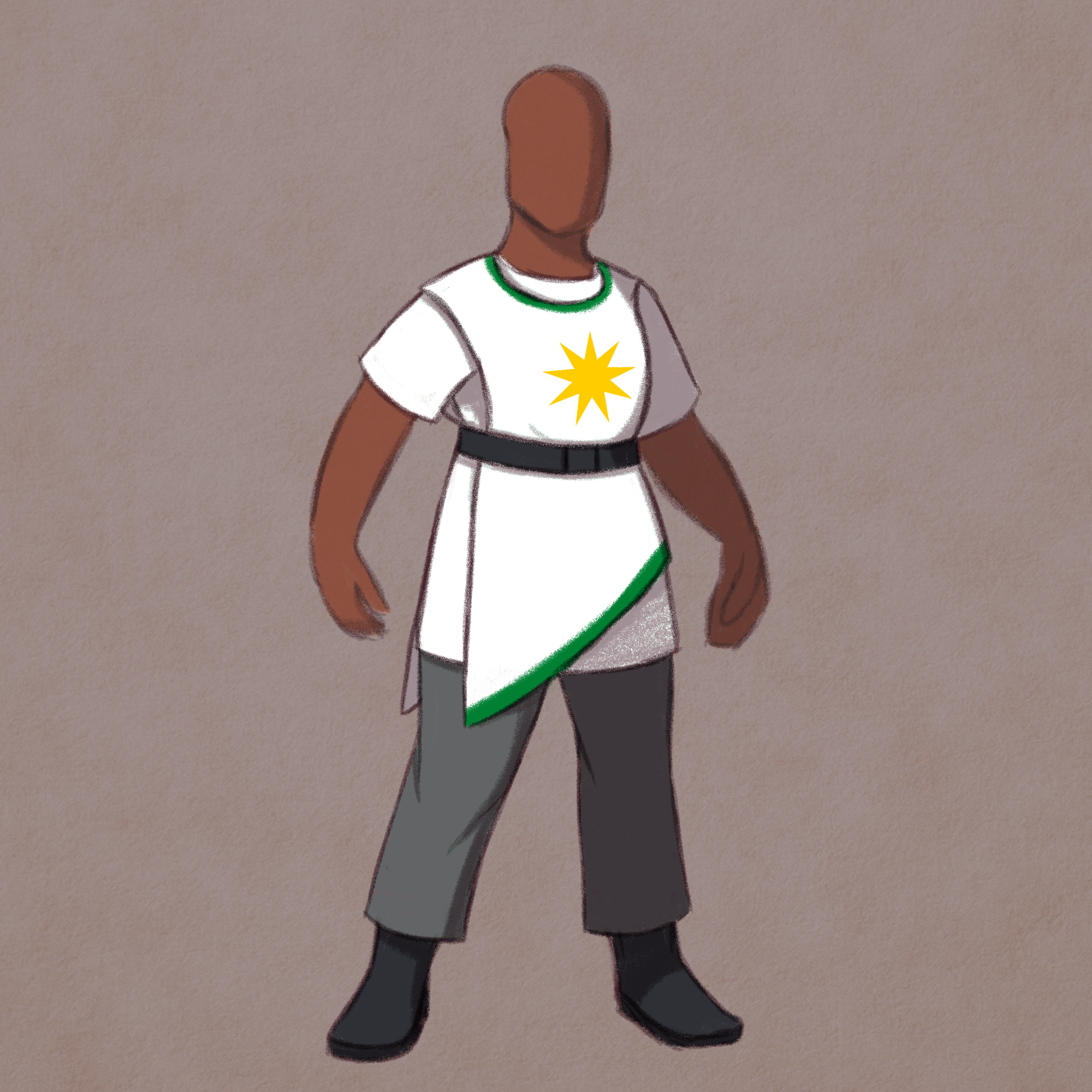
Iqashalb Gown - Shixiiwul by Isaac Thompson
Zhrayqarnyu
The Zhrayqarnyu version consists of a long tabard with a straight diagonal hem, and open sleeves which reach to the wrists. These sleeves connect in the back to form a kind of cloak. This tabard is paired with a shin-length dress with long tight sleeves, and the tabard is tightened to the waist with a large golden sash. This design was inspired by early encounters with the other gowns.
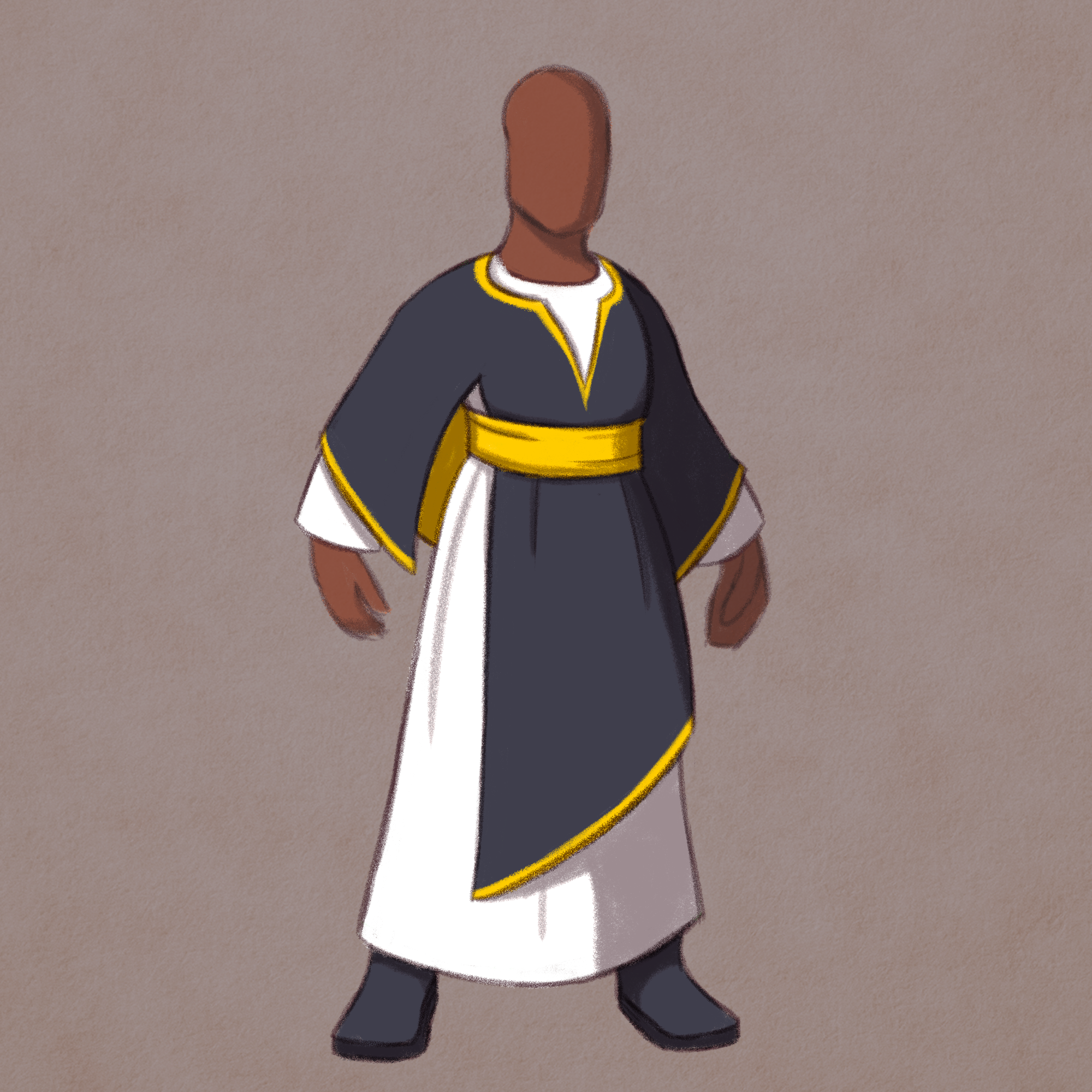
Iqashalb Gown - Zhrayqarnyu by Isaac Thompson
Purpose
The primary reason Iqashalb Gowns are worn is for parades and other important ceremonies which involve the armies of the respective countries, as they serve as the main military dress uniform. Beyond those, they are often worn by the guards and military escorts of important individuals in each country, such as their heads of state - for Zhrayqarnyu in particular this is the main place they are seen, while in Lithuziiy this is less common. More rarely, versions of the gowns are adopted by the upper classes for balls and celebrations, usually the Lithuziiy and Zhrayqarnyu variants.
Reactions to these outfits vary by country and can be indistinguishable from an individuals' opinion of the military. While there is a degree of pride due to the origins of the outfit and what it represents - namely the
Battle of Ijwavya and the subsequent freeing of the region from
imperial control - this can be overridden by perceptions of that military's effectiveness. In Shixiiwul especially, the comparative smallness and simplicity of their gowns have been perceived as a disgrace that does nothing but makes the country look poorer and less equipped to defend itself, leading to some calls for it to be replaced with something totally new.
History
Iqashalb Gowns originate from a folk story told in the centuries after the Battle of Ijwavya, fought in the year
62 Plague. In most tellings, the Queen of
Kuwvyana is said to have torn her gown so that she could lead the armies from the front lines, resulting in the characteristic diagonal hem on the modern iterations.
Recreations of her supposed outfit can be seen as early as a century after the event, but only in small capacities, such as local celebrations and festivities, and re-enactments of the battle. It was not until
62 Peace, on the 150th anniversary of the battle, that this dress entered military use, as it was worn by representatives from
Ijwavya,
Lithuziiy, and
Shixiiwul who had gathered to commemorate the occasion. While this was planned, each person came in fairly divergent styles, as the "source material" was scant and imaginations ran wild to fill in the gaps.
After this event, there was a boom in dresses worn in
her style, and the leaders in each country encouraged their militaries to adopt forms of the outfit for formal use. These initial versions remained dresses worn by individuals of any gender, and were bespoke creations for each person. As the years progressed and the gowns became more popular among the rank and file, there was a push by the King of Ijwavya to create a cheaper version for the rest of his army to wear.
In achieving this goal, the gown was changed from an actual dress to a tabard, which could be more effectively mass-produced. It is at this point that each country's designs began to diverge in more than just colour, as this alteration was adopted in Shixiiwul but not in Lithuziiy, with the latter decided on a slower expansion of the outfit and their soldiers preferred the dress as an option.
Each country would continue to make small changes throughout the ensuing centuries based on many factors, such as fabric availability and the unseasonable cold snap that engulfed the region during the
Era of Reconciliation. The latter of these influenced the style of sleeves and the lengths of the under-dress, making them both longer.
The final variant, the
Zhrayqarnyu, came about only after
The Collision, as it was with that event that the country and its
Elf inhabitants came to be on Thurásin in the first place. Lacking the historical context, their design focused more on the aesthetic attributes of the other gowns, much to some frustration from their new neighbours. Despite the initial backlash, their take on an Iqashalb Gown has become decently popular amongst the upper classes of each country, due to being "more fashionable".
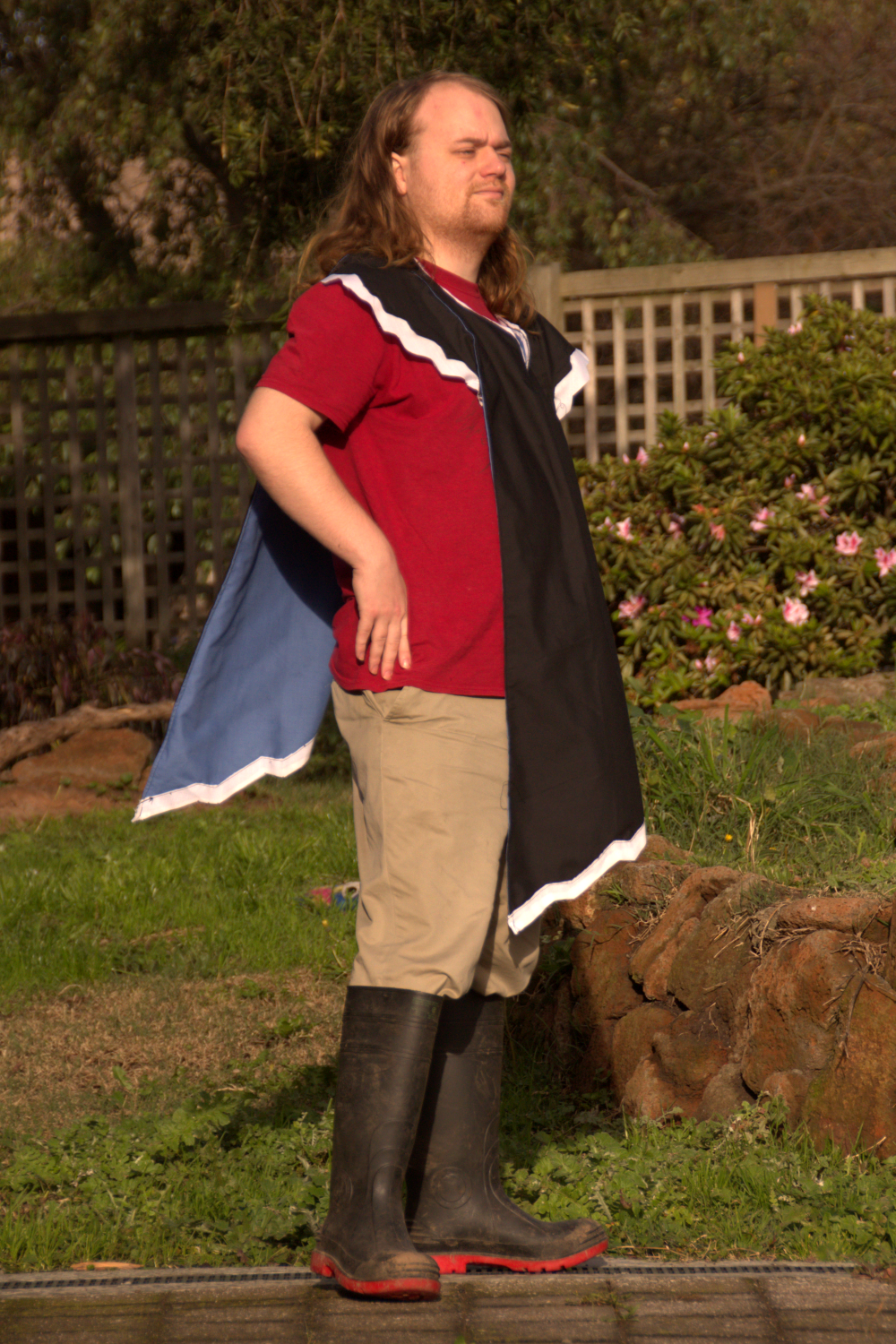


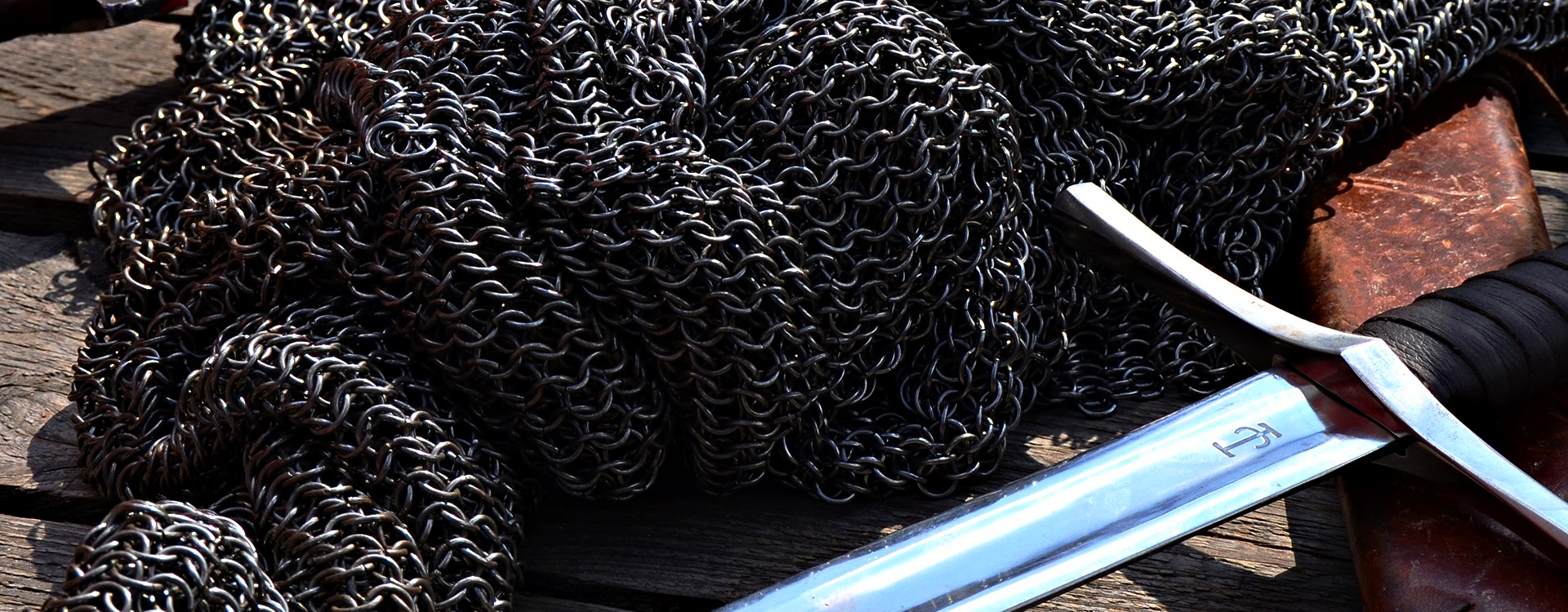

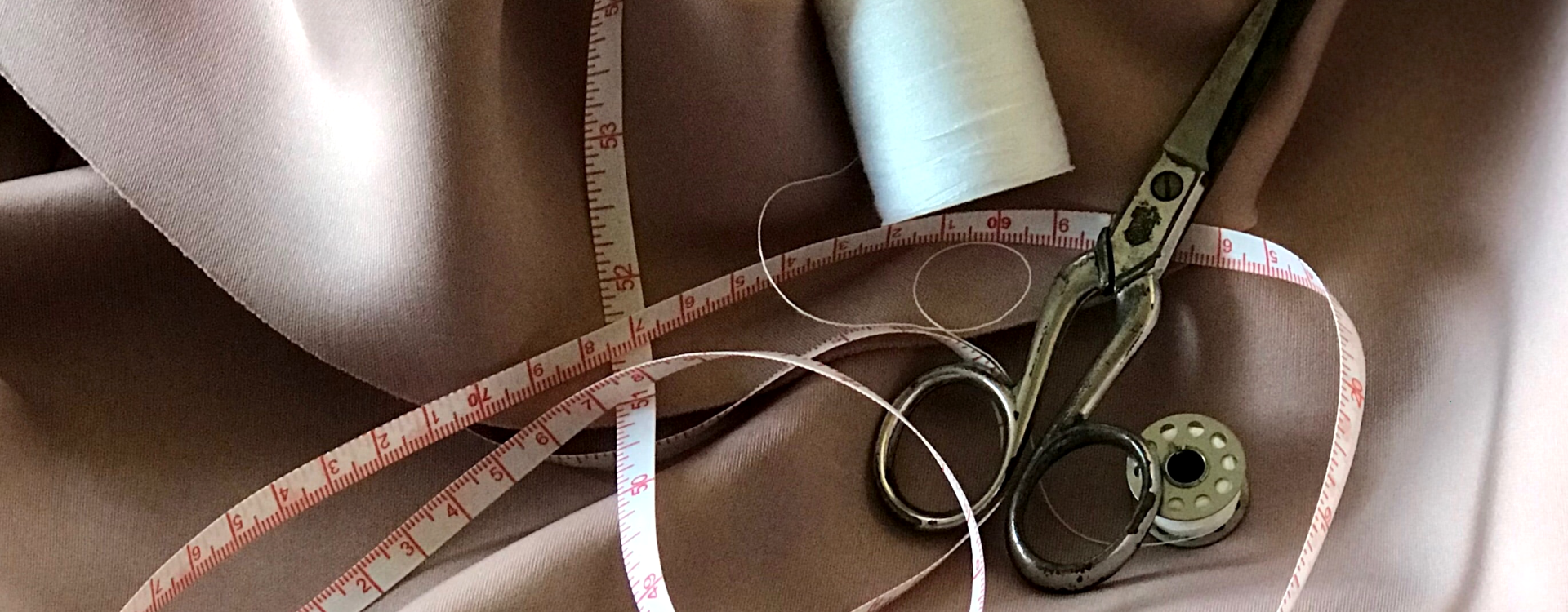




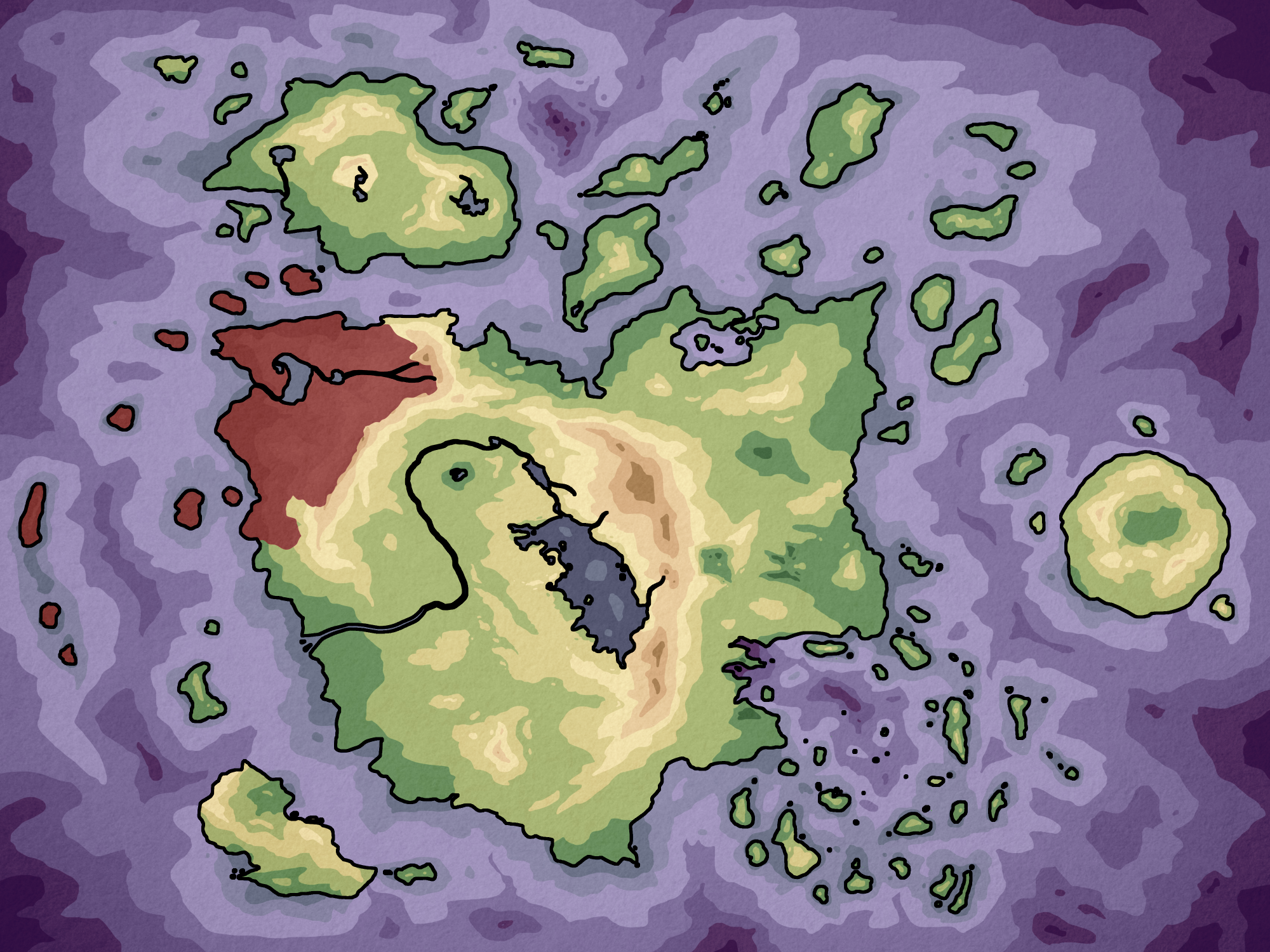


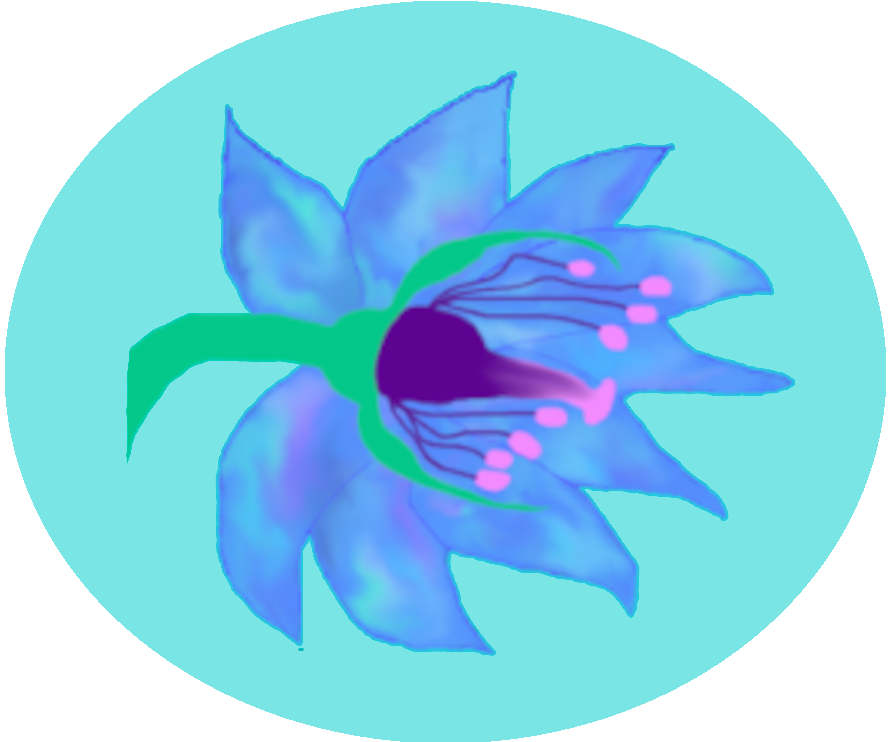
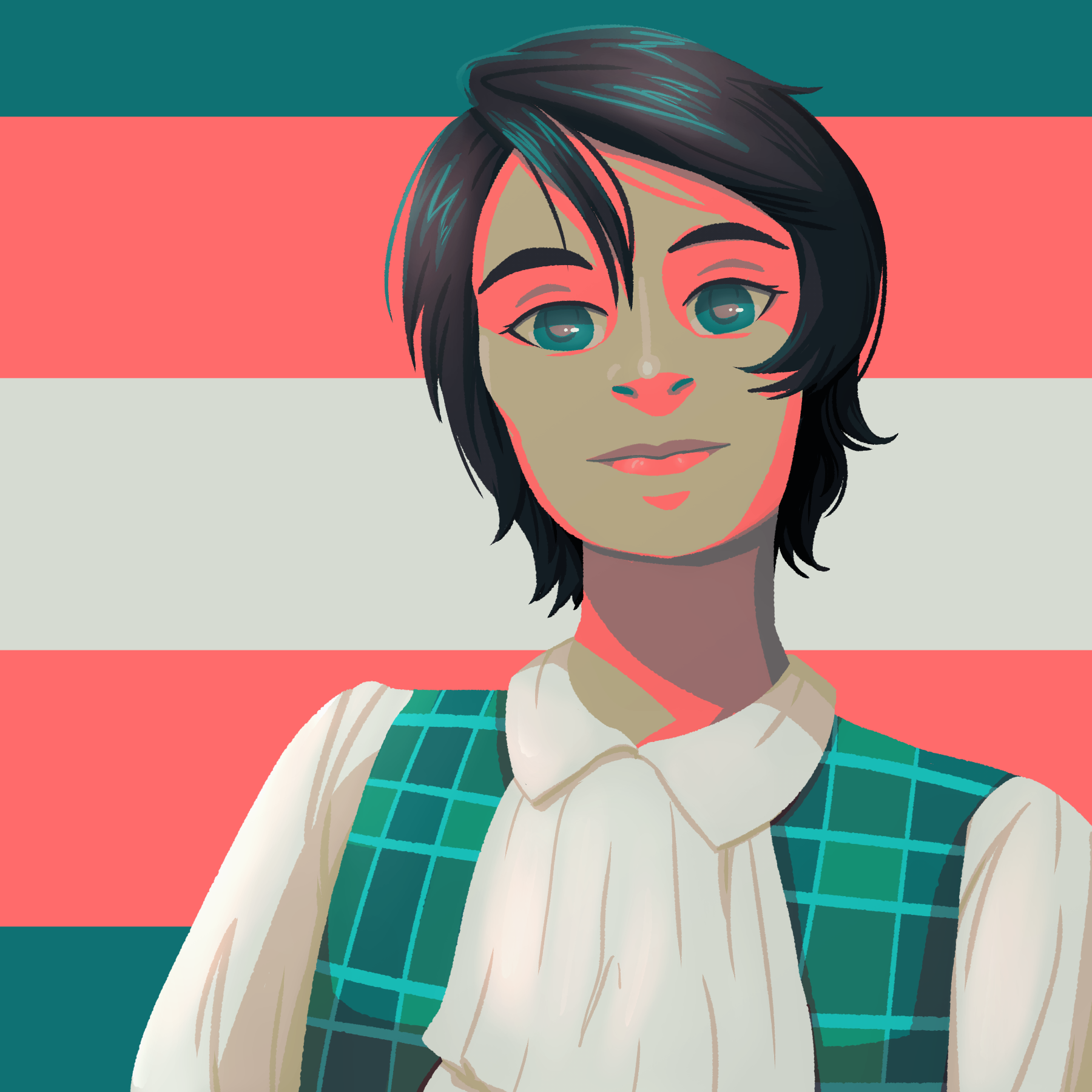

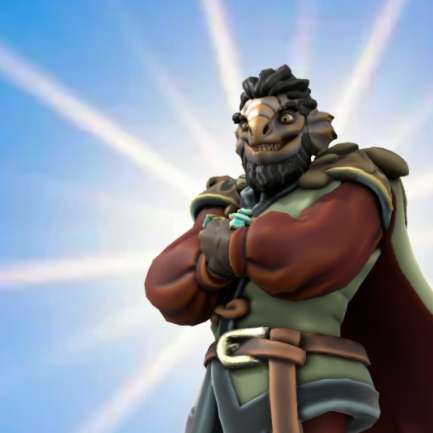

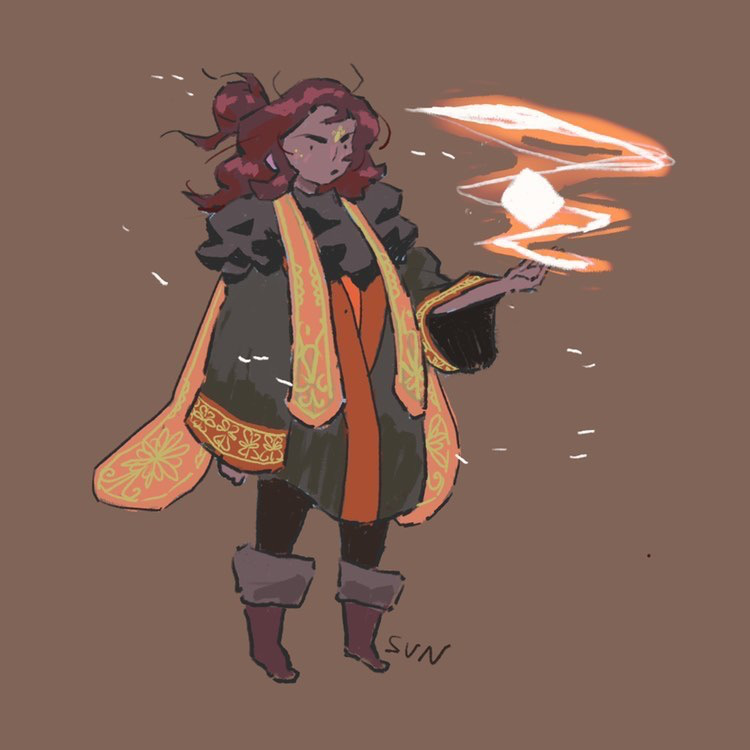


Great article! I love the origin of the uniform with the torn dress myth. It is also nice that you have made multiple versions depending on the country. Especially the Zhrayqarnyu look pretty nice! The armies of the other countries will probably not like me now though after that statement :p